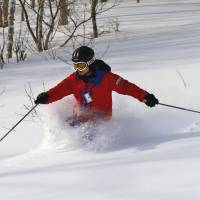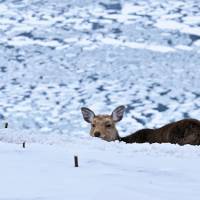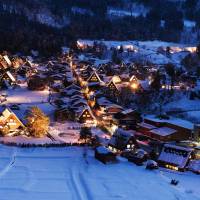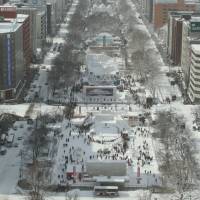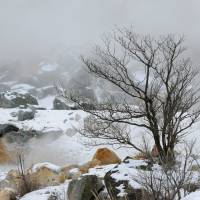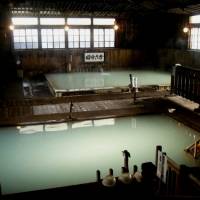Our natural inclination might be to stay indoors during winter, but Japan offers such a wide range of cold climate destinations, from skiing off piste in Hokkaido’s Niseko to soaking in onsen in Nagano. Here’s a selection of locations well worth the trek.
Skiing and snowboarding
Niseko, Hokkaido

Hakuba, Nagano
The 1998 Winter Olympics put Nagano Prefecture and Hakuba on the map for snow sports and they remain a top skiing destination. Located in the Northern Japan Alps, Hakuba is one of the most popular resort areas in the prefecture with nine resorts and about 200 different ranging from advanced mogul runs to easy slopes for kids.
Mount Appi, Iwate

Mountains of Fukushima

Zao in Yamagata
Yamagata’s Zao resort is a colossal skiing and snowboarding area tucked away in Tohoku. The mountain used to be maintained by several companies, but now visitors only need one pass to access all of the lifts. Keep an eye out for the famous juhyo snow monsters, snow-covered pines that hold great dollops of crystallized rain, creating fantastical shapes.
Resorts in Gunma and Niigata

Scenic
Sapporo, Hokkaido

Fuji Five Lakes
While you can’t climb Mount Fuji outside of summertime, winter is the best time to see it due to clearer skies and a guaranteed snow-capped peak. Easily accessible by bus or rail from Tokyo, the Fuji Five Lakes area offers plenty of angels for travelers and photographers to enjoy.
Shirakawago, Gifu

Mount Aso, Kumamoto
Aso has long been associated with relaxation and recovery; its oldest inns and hot-spring establishments date back to the late 1800s. Besides viewing the active volcano covered in snow, millions of visitors come to Mount Aso each year to sample its newer treats, including eating ice cream, yogurt and steak at Aso’s many dairy farms.
Shiretoko, Hokkaido

Winter Illuminations
Tokyo isn’t the only city in Japan with major illumination celebrations. Other popular spots include Osaka’s Festival of Light, Kobe’s Luminarie, Tochigi’s Flower Fantasy at the Ashikaga Flower Park and Nagasaki’s Kingdom of Light.
Onsen
Hakone, Kanagawa

Bessho, Nagano
This ancient spa in a remote Nagano valley has kept true to its origins and resisted the temptation to become just another stereotypical stretch of glitzy hotels and souvenir shops. The mineral baths of Bessho have been attracting travelers for at least 1,000 years with a variety of options to choose from.
Onsen in Tohoku

Yusen House in Shimosuwa, Nagano
There are many onsen options in Shimosuwa, including ryokan, bath houses and private houses. Guarded by a statue of the town’s famous Kanayaki Jizo, the public bathhouse, known as Yusen House, is by far the largest and busiest of the public onsen.



